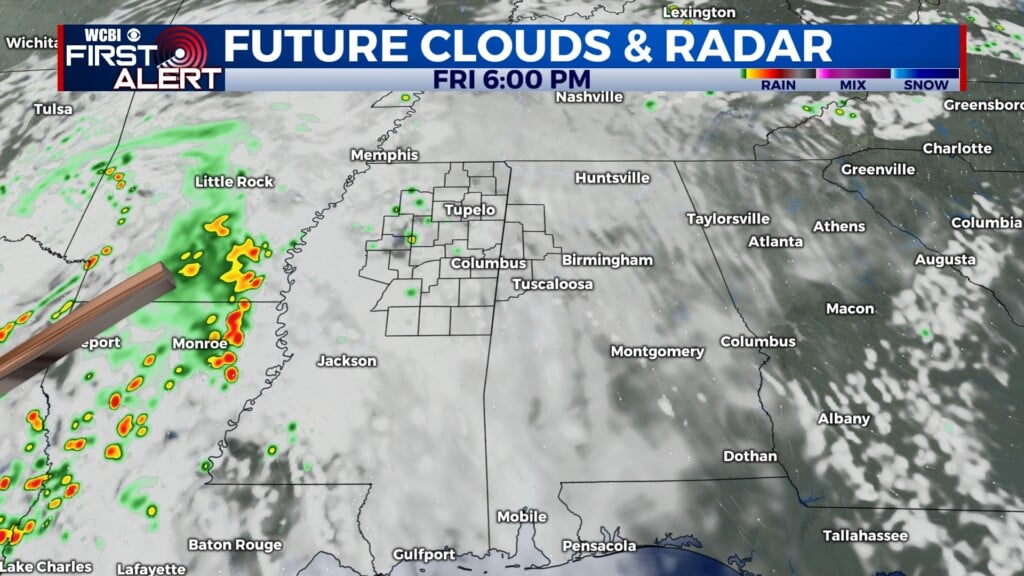Virga, How It Forms
[bitsontherun ZoWLBlVT]
Earlier this month we talked to a class of second graders at Heritage Academy. We asked them to write down their weather questions. Caitlin Craven’s asked this one, “What is virga?”
There are four primary types of clouds cirrus, cumulus, stratus and nimbus, yet virga has it’s own category – unusual. The word virga is latin for rod or branch.
Sometimes virga looks like we took a pencil and tried to erase the cloud. Other times, it looks like it’s raining but the rain is not hitting the ground. The way it forms is quiet simple. We had Mississippi State University Meteorology Professor Dr. Grady Dixon explain.
“The primary cause of virga, is the rain evaporates before it reaches the ground,” said Dr. Dixon.
It’s not very common in the southeast.
“You don’t see Virga a whole lot in this part (southeast) of the world. It’s very common the father west you get where the air is a lot more arid,” said Dr. Dixon.
There are typically two different ways virga can form.
“You can have really dry air beneath the thunderstorm, that’s not common. You don’t often get thunderstorms with really dry surface air. The more likely scenario is that you have a very high based storm. And so the farther that – the rain drop has to fall the less likely it’s going to reach the ground before evaporating,” said Dr. Dixon.
Sometimes you may see virga before a microburst. A microburst is a thunderstorm that is less than two and half miles in diameter and generates intense winds towards the ground.
But virga is harmless and makes for a pretty picture.






Leave a Reply